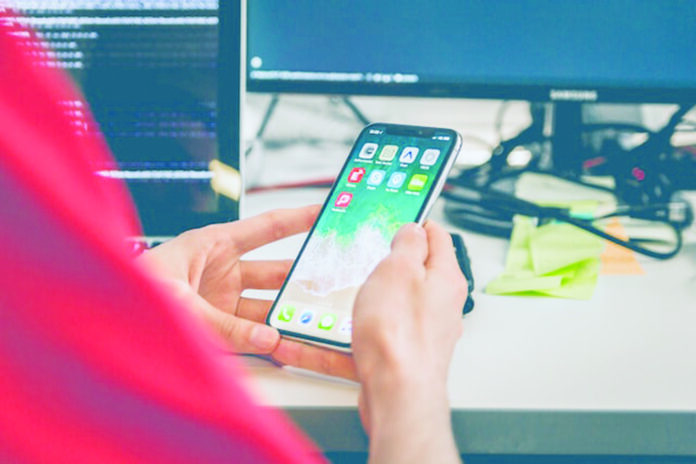Technology has gained significant importance in the 21st century. New and innovative technologies have undoubtedly changed how we live, interact, and communicate. The last two decades have witnessed new and emerging technologies like augmented reality, blockchain technologies, Artificial Intelligence, the Internet of Things, and so on.
Among them, the use of mobile technologies is gaining more and more advancement every day. In the modern era, mobile phones have become essential for communicating, interacting, and forming sound relationships. Mobile phone use is increasing at an alarming rate in both developed and underdeveloped countries. As per the recent statistical report of the Pakistan Telecom Authority (PTA) at the end of February 2024, the number of mobile subscribers increased from 189.44 million to 190.18 million in Pakistan.
Different mobile technologies have been introduced in Pakistan, like smartphones, e-book readers, tablets, portable music players, handheld gaming devices, and many others. Among these tools, the use of mobile phones has surprisingly changed the way people interact and communicate.
Advanced information and communication technology has become a significant segment of our lives. These new tools improve people’s ability to reach, obtain, and communicate information and allow them to quickly access the growing volume and variety of data in one click. The mobile device is one of the essential tools of contemporary society that can be viewed in everyone’s hand as a mobile device. Students of the current era can only survive with mobile phones, whether at school, college, or university.
Numerous applications have been introduced by advanced technology to share and communicate information. At the same time, people can send and receive messages, photos, videos, and emails, check travel itineraries, purchase tickets for sports and concerts, and navigate online resources for study and research purposes.
As we have noticed, mobile technology has become a necessity of the hour, and users need it to access essential information, stay connected, and efficiently manage tasks in today’s fast-paced digital age. Still, people in developing countries like Pakistan use it more for entertainment than study and research.
Information in earlier days took a lot of work to obtain. Mobile phones have made it readily and easily available because new applications have made library operations more sophisticated, like reference services, circulation services, current awareness services, lending services, and so on. Mobile technology has become the need of the hour for modern libraries, and without it, no library can enhance its services in the right direction.
The present article sheds light on the use of mobile in research and educational activities. Modern libraries offer extensive services to their end users, like interacting with patterns to learn about the resources and services of the libraries. Additionally, libraries’ ultimate aim is to meet their patrons’ research needs.
As modern educational institutions are transforming their traditional methods to modern information networking, mobile services intertwine users with institutions. It helps them stay up-to-date with what is happening. Libraries in advanced countries use mobile services after the advent of advanced technologies and 3G networking. Since then, advanced nations have used mobile technologies to reach end users without obstacles. Libraries in developing countries are still deciding whether to adopt these technologies. A few notable libraries have already interconnected mobile services within their libraries to share fresh arrivals, navigate library locations, virtual reference services, events notifications, library tours, and orientation, amon other things.
Library operations have evolved from a traditional setup to a hybrid model due to advanced technology (mobile technology). Now, modern libraries are not limited by time, IP address, place, and such like, but allow users to access library content at any time and from any location using mobile phones, tablets, and similar gadgets. Most libraries have developed mobile applications to complement their library services and resources and offer an easy way for people to access the extensive information in a library’s collection. It also allows users to navigate desired information in the online catalog, reserve space, request inter-library loan services, e-journal database, digitized thesis and in-house search, and others.
Academic libraries are subject to internal and external forces that cause and necessitate organizational change and development; hence, the use of mobile technology plays a pivotal role in the development of organizations. Libraries must embrace new and innovative technologies to serve users’ academic needs. Mobile phones can provide users with information and resources anytime and anywhere. The concept of mobile phones in library services is not new; many libraries worldwide have already provided SMS services in earlier days, but modern technology has transformed the way users interact with technology.
Information in earlier days took a lot of work to obtain. Mobile phones have made it readily and easily available because new applications have made library operations more sophisticated, like reference services, circulation services, current awareness services, lending services, etc.
Mobile technology has become the need of the hour for modern libraries, and without it, no library can enhance its services in the right direction.























